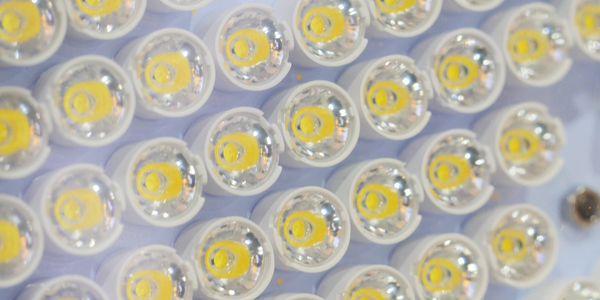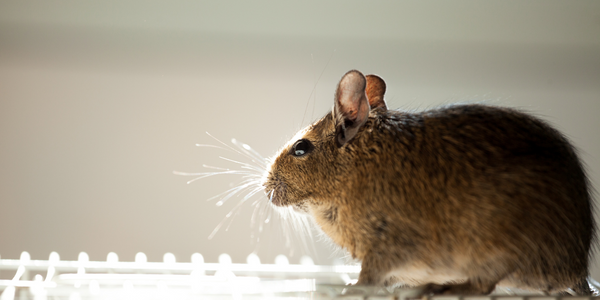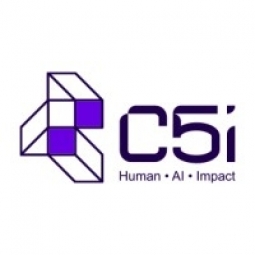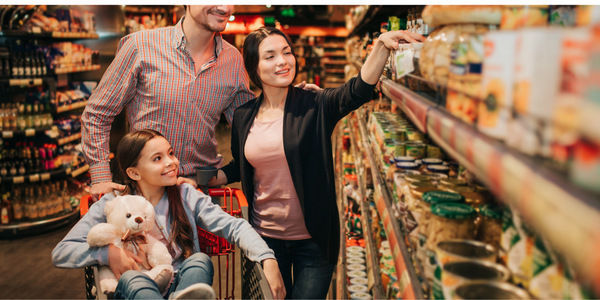Product
- Blueocean Market Intelligence
Tech Stack
- Data Integration
- Data Analytics
Impact Metrics
- Brand Awareness
- Customer Satisfaction
Technology Category
- Analytics & Modeling - Big Data Analytics
Applicable Industries
- Consumer Goods
Applicable Functions
- Sales & Marketing
Use Cases
- Predictive Replenishment
- Demand Planning & Forecasting
Services
- Data Science Services
About The Customer
The customer in this case study is a leading pharmaceutical company. The company operates in the consumer goods and services industry. The company was looking to drive better city/state-specific campaigns to increase the adoption and sales of their sunscreens. They wanted to leverage weather-based campaigns to drive effective selling of the seasonal product and enhance the return on investment on their campaigns.
The Challenge
The client, a leading pharmaceutical company, was seeking to drive better city/state-specific campaigns to increase the adoption and sales of their sunscreens. They wanted to develop weather-based campaigns to drive effective selling of the seasonal product and enhance the ROI on campaigns. The challenge was to understand the business drivers, activities, and define the type of business scenarios and products that could be ingested in the campaign.
The Solution
Blueocean Market Intelligence provided a solution by conducting a series of workshops to understand the business drivers, activities, and also defined the type of business scenarios and products which could be ingested in the campaign. They prepared and integrated several data sources such as social media, weather information, transactional data, and past campaign information. They built city and state-wise models to plan, deploy, and measure effective campaign ROI. They also designed, deployed, and measured campaigns effectiveness and tweaked the models to ensure relevancy and maximum outputs.
Operational Impact
Quantitative Benefit

Case Study missing?
Start adding your own!
Register with your work email and create a new case study profile for your business.
Related Case Studies.
.png)
Case Study
Improving Vending Machine Profitability with the Internet of Things (IoT)
The vending industry is undergoing a sea change, taking advantage of new technologies to go beyond just delivering snacks to creating a new retail location. Intelligent vending machines can be found in many public locations as well as company facilities, selling different types of goods and services, including even computer accessories, gold bars, tickets, and office supplies. With increasing sophistication, they may also provide time- and location-based data pertaining to sales, inventory, and customer preferences. But at the end of the day, vending machine operators know greater profitability is driven by higher sales and lower operating costs.

Case Study
Series Production with Lot-size-1 Flexibility
Nobilia manufactures customized fitted kitchens with a lot size of 1. They require maximum transparency of tracking design data and individual processing steps so that they can locate a particular piece of kitchen furniture in the sequence of processes.

Case Study
American Eagle Achieves LEED with GE LED Lighting Fixtures
American Eagle Outfitters (AEO) was in the process of building a new distribution center. The AEO facility management team decided to look at alternate options for lighting layout that could provide energy and maintenance savings. AEO would need a full-time maintenance employee just to replace burned-out fluorescent tubes.

Case Study
Revolutionizing Rodent Control
From pet- and child-safe traps, to touch-free and live-catch rodent control solutions, Victor continues to stay committed to producing superior products that meet the varying needs of today’s pest control professionals. And, with a long standing history supporting customers in the food processing, service, and retail settings, Victor knew that strict regulations were costing organizations thousands of dollars in excess overhead trying to manage their rodent-control solutions. Trap inspections in these environments are often difficult and time consuming, requiring personnel to manually check a trap’s status multiple times per day, amounting to over six hours of manual labor. Victor is looking for an innovative way to increase operational efficiencies with the use of technology.









